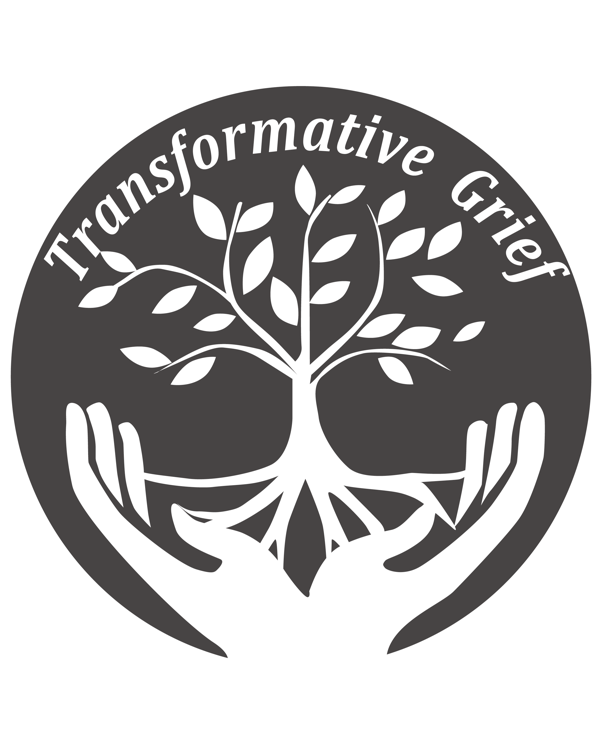We know that death is a part of life but this does not make grieving any easier. When someone we care about dies the world stops, turns upside down, and creates a surreal and disorienting new normal.
Death can be hard to accept. Here one day and gone the next. It is normal in grief to intellectually understand that someone has died yet question on a deeply cellular level how it could be true (Expecting to see your loved one sitting in their chair, cooking at the stove, working in their garden or garage. Waiting for a text or for the phone to ring…).
Adjusting to loss takes time, patience, and a lot of self-care. It is normal to feel sad, exhausted, agitated, angry, anxious, foggy, numb. You have the right to feel your feelings without explanation. The healing work of grief is to tend to any and all feelings knowing that grief work is experiential and changes over time. Remember, what (or who) feels comforting one day may not the next.There are many layers to loss. Understanding duality is important, it is possible to feel competing emotions at the same time such as angry and sad, sad and relieved.
There are many things in life we can not control but we can control how we approach and actively participate in our own healing and self-care.
- Communicate your needs in a direct, transparent and respectful way (no one can read your mind or anticipate your needs).
- Manage expectations of yourself and others (assume the best in one another, remember and accept that everyone has different beliefs, needs and approaches in grief).
- Take each day as it comes, one day at a time.
- Exercise.
- Rest.
- Drink plenty of water .
- Engage in positive distractions. Some examples: journaling, painting, music, meditations, puzzles, reading, exercise, movies, attending lectures, clubs, or classes, volunteering.
- Give yourself permission to say yes or no based on what you want or need in the moment you are in.
- Allow others to support and help you. Ask for what you need. If you are having a difficult time speak to friends, family, clergy, your doctor or therapist.
Everyone’s relationship was unique with the person who died and so too will be their grief. It is important to accept and respect individual response, beliefs and needs without making assumptions, passing judgement or personalizing. Everyone will have their own grief experience. Their own pain points. Their own source of strength and comfort. How one grieves is not to be judged, compared, or questioned. Words that comfort one may trigger another.
Positive remembrance is an important part of healing through grief. Practice transforming sadness into positive remembrance by honoring the qualities admired, respected and enjoyed. There are many ways to pay tribute to those we have loved. Here are just a few examples: Make a donation in their honor. If they loved to read make a donation to the library. If they loved animals, to an animal shelter. If music filled their soul perhaps a donation to a public school’s music program or VH1 Save the Music. Do random acts of kindness in their name. Email family and friends and ask that they share memories and pictures then use them to create a scrapbook or reflection montage. Turn their clothes into pillows, quilts or teddy bears. Plant a memorial garden or tree in your yard. Make or buy a memorial stepping stone. The options are endless. Be creative. Acts of positive remembrance can be healing.
Grief is how we feel when someone dies. Mourning is how we express our grief. Both are deeply personal. Take each day as it comes. And when that is too much, an hour at a time. Treat yourself with patience and compassion. The love and missing is forevermore but the intense pain of deep grief will not last forever. Grief can be lonely but this does not mean that you are alone. If you are feeling hopeless or are having suicidal thoughts please call The National Suicide Prevention Lifeline 24/7 at 1-800-273-8255.









